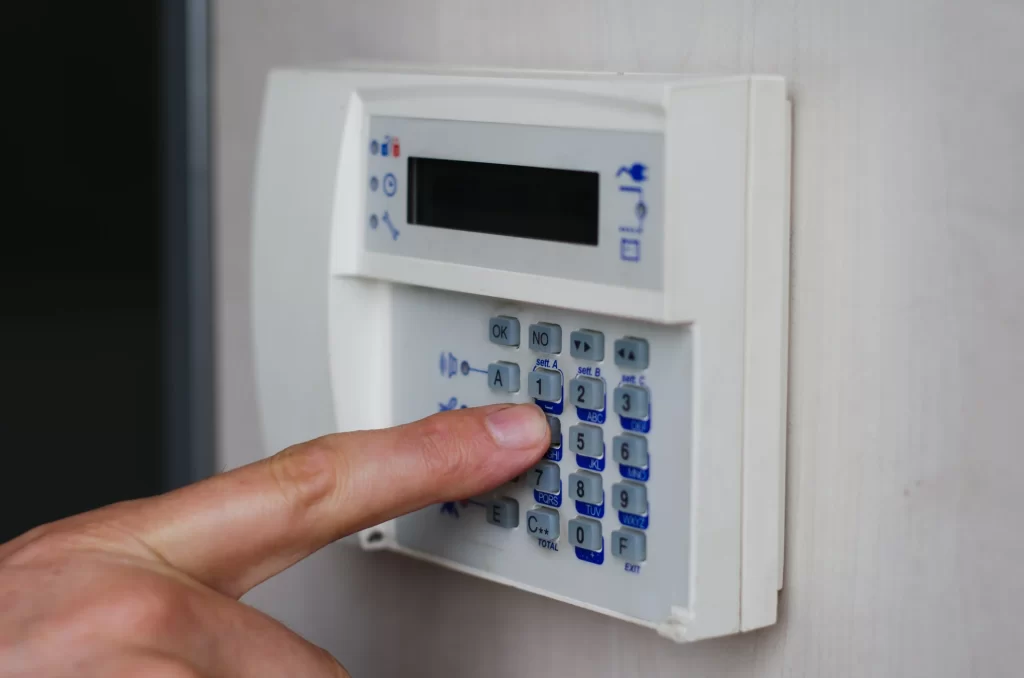In recent years, the landscape of home security has undergone a profound transformation with the integration of smart devices into traditional burglar alarm systems. This evolution marks a significant stride towards enhancing safety and providing homeowners with unprecedented control and awareness over their property. The integration of smart devices, such as motion detectors, door/window sensors, and security cameras, has ushered in an era where technology meets safety in a seamless union. One of the primary advantages of incorporating smart devices into burglar alarms is the real-time monitoring capability they offer. Traditional alarm systems relied on passive sensors that would trigger an alarm when a breach occurred. However, with smart devices, homeowners can receive instant notifications on their smartphones, tablets, or computers, allowing them to respond promptly to potential threats. This real-time monitoring not only serves as a deterrent to would-be intruders but also empowers homeowners to take immediate action, such as alerting law enforcement or neighbors.

The interconnectedness of smart devices further amplifies their effectiveness. Modern burglar alarm systems can integrate with other smart home devices, creating a comprehensive network that enhances overall security. For instance, a smart doorbell camera not only captures potential intruders but also allows homeowners to remotely see and communicate with individuals at their doorstep. Integration with smart lighting systems enables strategic control of lights to simulate occupancy, deterring burglars by creating the illusion of an occupied home. Such synergy among devices not only fortifies security but also adds convenience to homeowners’ lives. Moreover, the advent of artificial intelligence AI and machine learning has elevated the capabilities of smart burglar alarm systems. These systems can now analyze patterns and learn from user behaviors, adapting to the unique routines of each household. AI-powered algorithms can distinguish between regular activities and suspicious behavior, reducing false alarms and providing a more accurate assessment of potential threats. This not only enhances the reliability of the system but also minimizes the inconvenience of false alarms for homeowners.
The burglar alarm in san antonio integration of smart devices in burglar alarms also brings a new level of accessibility and control. Through dedicated mobile applications, users can remotely arm or disarm their security systems, monitor live camera feeds, and receive notifications on any security-related events. This level of control not only enhances security but also provides homeowners with peace of mind, knowing they can actively manage and monitor their property from anywhere in the world. In conclusion, the integration of smart devices in burglar alarms represents a groundbreaking evolution in home security. The amalgamation of real-time monitoring, interconnectedness, AI capabilities, and user control has created a holistic approach to safeguarding homes. As technology continues to advance, the synergy between smart devices and traditional security systems will likely redefine the standards of safety, offering homeowners unparalleled peace of mind in an increasingly interconnected world.
